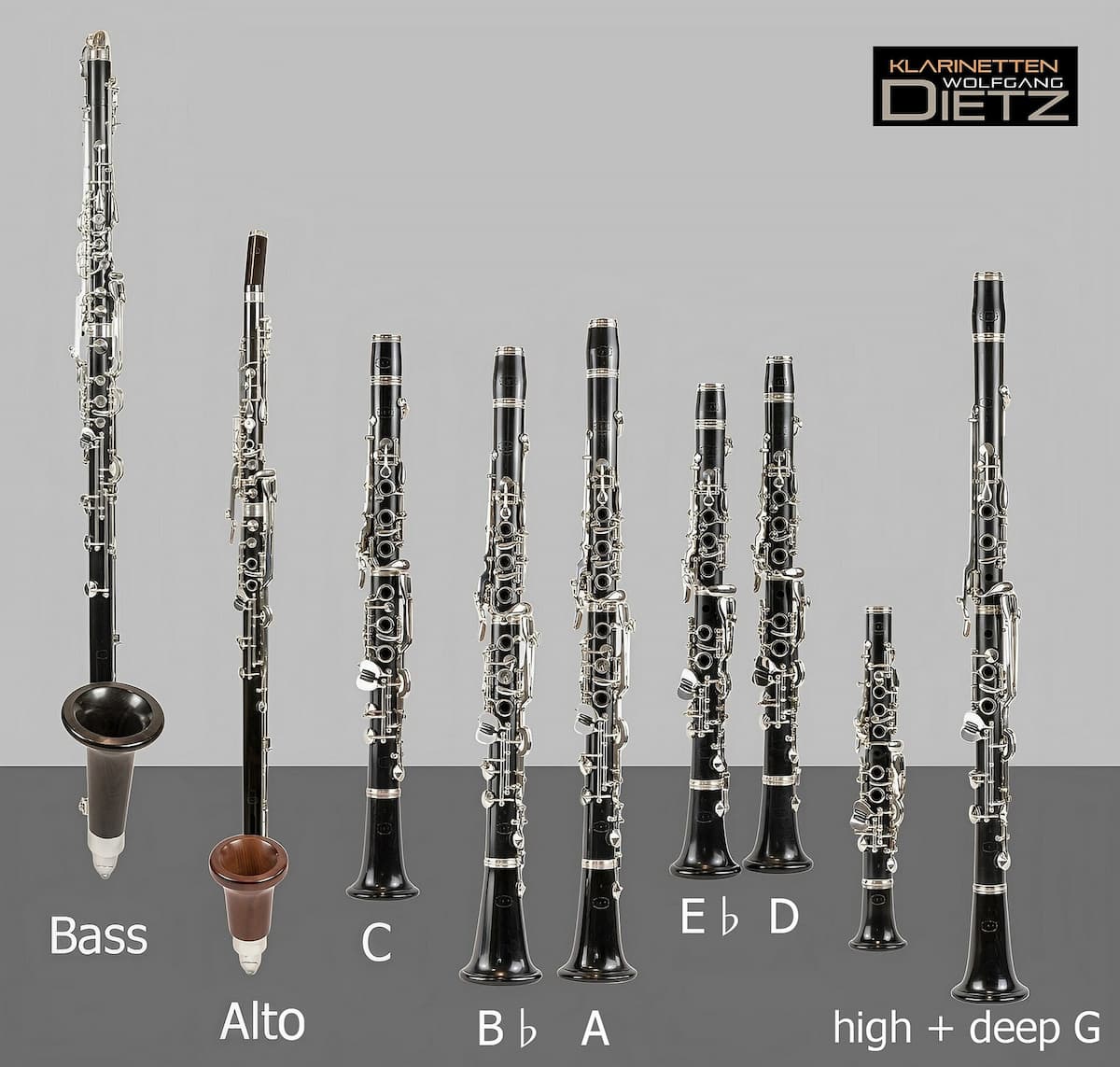As we discovered in our last blog 10 Fun and Exciting Clarinet Duos, the clarinet was a real latecomer to the family of musical instruments. It slowly appeared in European court ensembles around the middle of the 18th century but was not a regular member of the symphony orchestra until the glorious late symphonies of Haydn and Mozart.
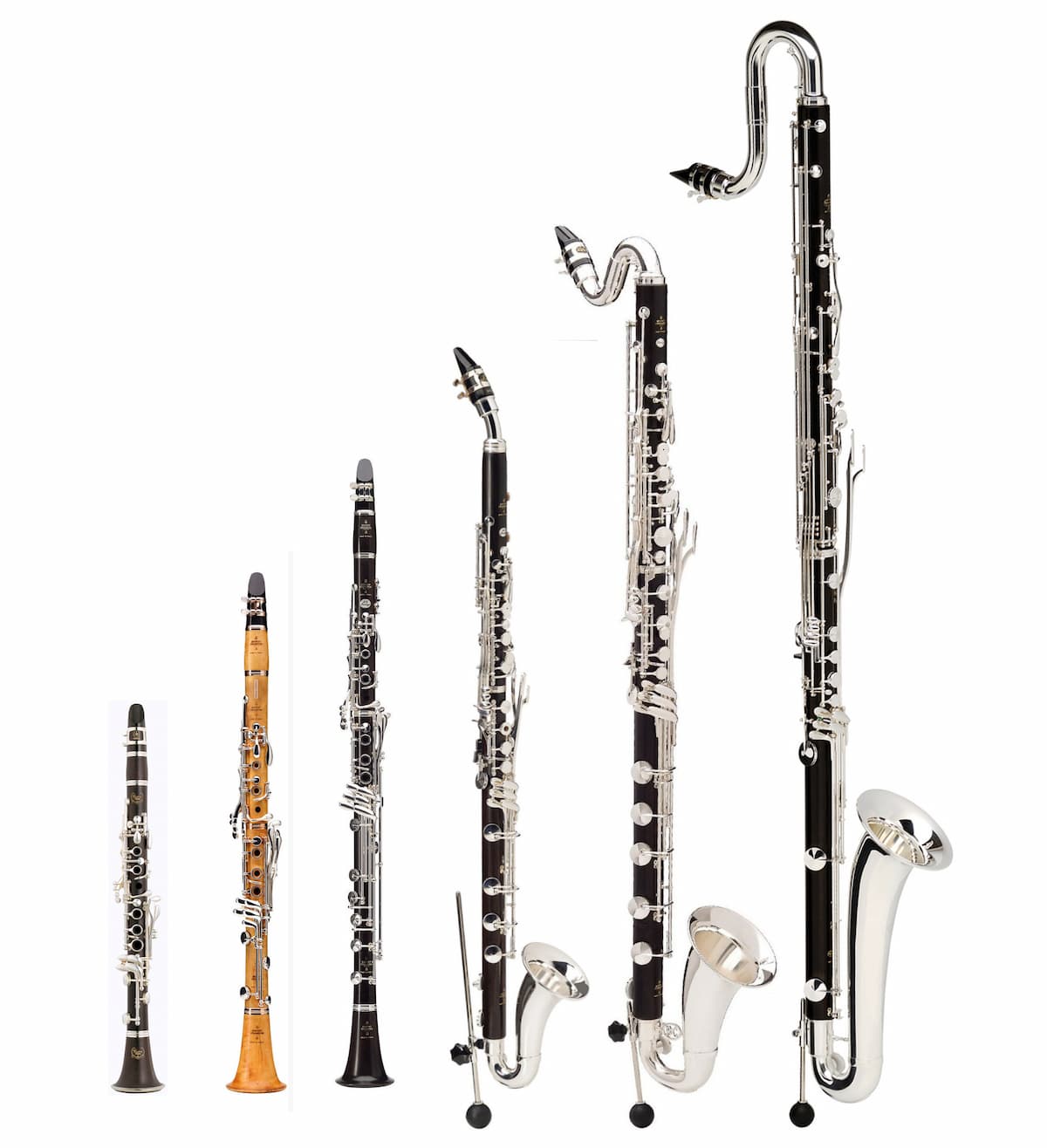
The French Clarinet family
The beautiful tone colours of the clarinet made it the perfect instrument for chamber music, and traveling virtuosos like Johann Joseph Beer (1744-1812), Johann Simon Hermstedt (1778-1846), Heinrich Joseph Baermann (1784-1847), and Anton Stadler (1753-1812) fascinated audiences with much enjoyed solo demonstrations.
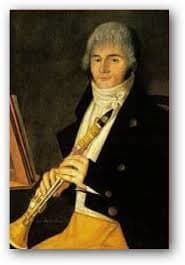
Anton Stadler
So, it was only a question of time before composers took up the challenge and started to write dedicated clarinet sonatas. The choices seem almost limitless, but I thought it might be really interesting to feature 10 fun and exciting clarinet sonatas from that musical century.
François Devienne: Clarinet Sonata No. 2
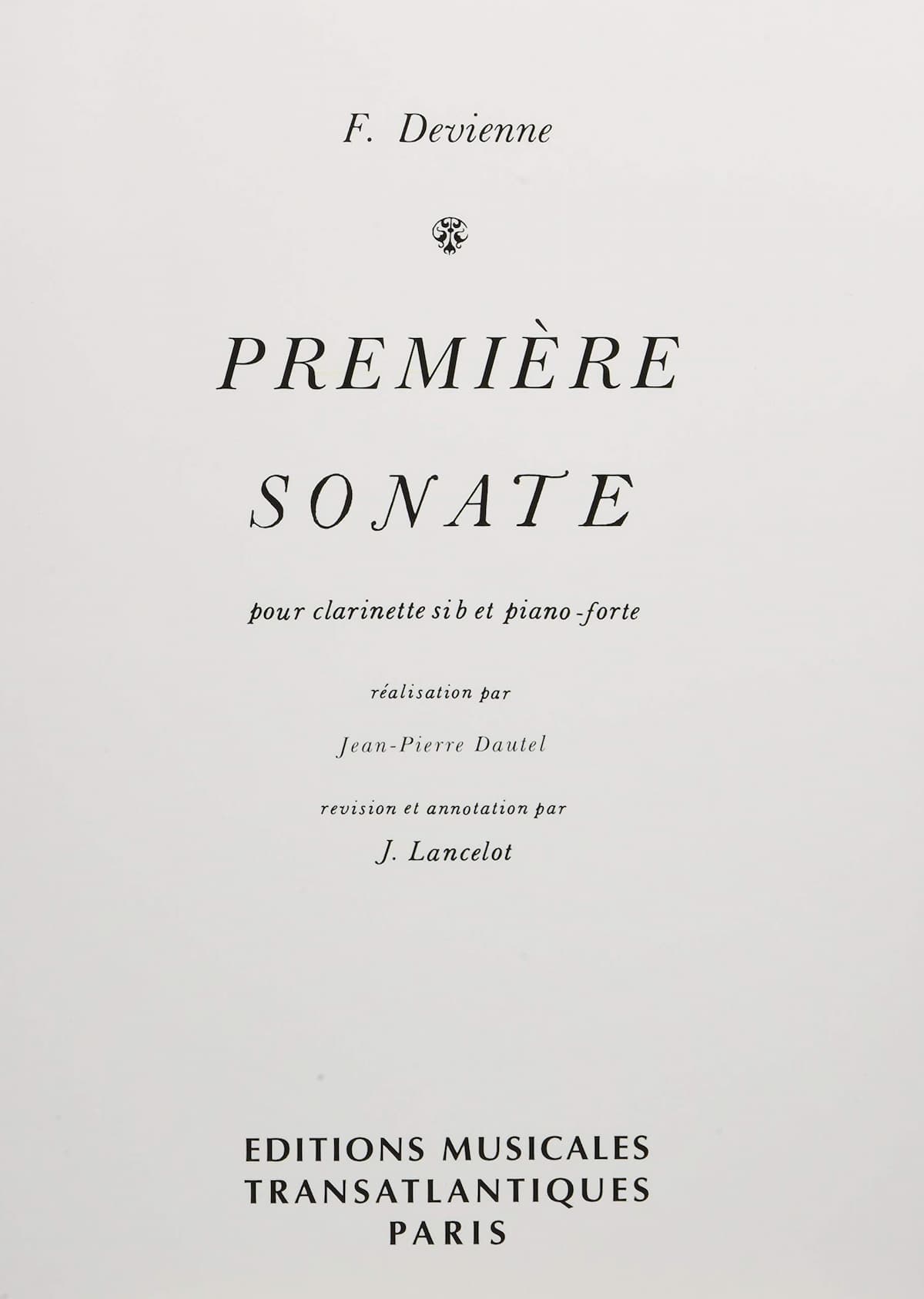
François Devienne: 1st Clarinet Sonata
The first example, the featured clarinet sonata by François Devienne doesn’t actually date from the 19th century but from a couple of years earlier. But I think it is worth including, nevertheless. François Devienne (1759-1803) was the first professor of flute appointed at the Paris Conservatoire, and he even published a celebrated flute treatise in 1793. He was also a bassoon virtuoso but had been familiar with the clarinet from an early age. Over his lifetime, the clarinet had undergone considerable technical development and at the dawn of romanticism, Devienne decided to filter his music through the impressive spectrum and range of the clarinet.
Devienne’s clarinet sonatas are essentially adaptations of his own flute sonatas, and they follow in the spirit of Mozart and Haydn. However, they do encompass all forms and styles available during this time, ranging from the Baroque sonata to classical themes and variations. As you can hear, the composer had a really good ear for writing uniquely creative melodic lines. As a musicologist writes, “Unsurpassed for their charm and elegance, Devienne’s clarinet sonatas are among the few remarkable works that exist for the instrument from the late eighteenth century.”
Ferdinand Ries: Clarinet Sonata, Op. 29
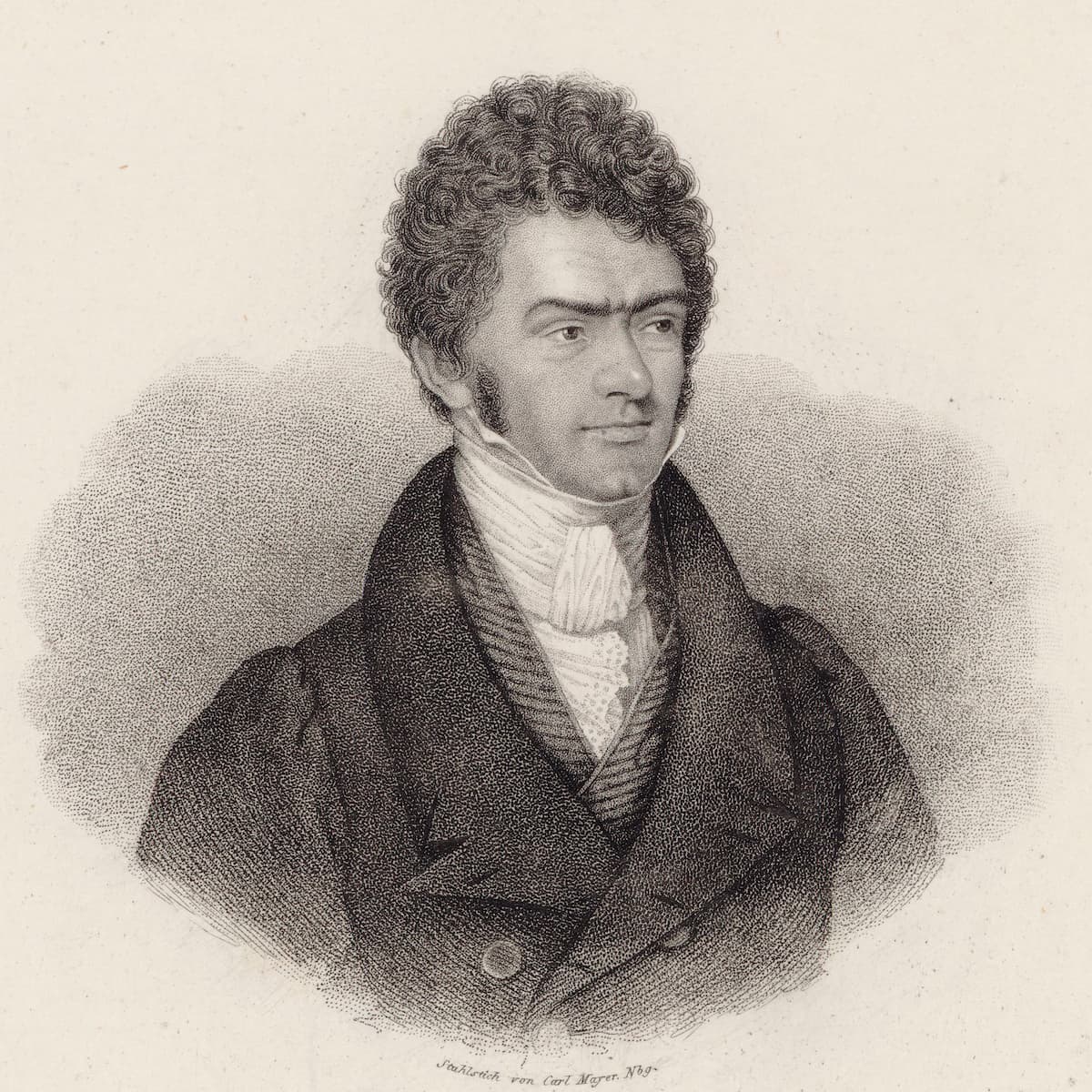
Ferdinand Ries
Ferdinand Ries: Clarinet Sonata, Op. 29 (Dieter Klöcker, clarinet; Thomas Duis, piano)
Ferdinand Ries (1784-1838) first turned to the composition of chamber music with clarinet in 1809. Maybe you remember that Beethoven took Ries as a piano student and that Johann Georg Albrechtsberger taught him compositions. However, Ries had to abruptly depart from Vienna, because as a citizen of Bonn, he had to report for service in Napoleon’s army. Luckily, he was unfit for service and returned to Vienna. In 1809, Ries had to leave Vienna in a hurry again, because he was now conscripted for service in the Austrian army. Around that time, he composed his Clarinet Sonata Op. 29, one of the earliest original compositions for clarinet and piano.
Since publishers weren’t sure that they could sell enough copies of sonatas purely dedicated to the clarinet, they frequently issued alternate versions for violin or viola and piano at the same time. That’s exactly what happened to the Ries sonata, which was also published in an alternate version for violin and piano. Ries composed a pleasing composition within the stylistic conventions of his time, but the real innovation takes place in the intro for the last movement. Experimenting with tone colour, Ries places the clarinet part under the piano part and gives the clarinet the opportunity for two improvised cadenzas. This certainly creates a very interesting and fun effect.
Carl Maria von Weber: Grand Duo Concertant, Op. 48

Carl Maria von Weber: Grand Duo Concertant
During the late 18th century, it was common practice to play the clarinet reed on the top lip. This custom gradually changed, and by the beginning of the 19th century, the reed was now played on the bottom lip. One of the first performers of this new style of playing was Heinrich Baermann, who was capable of producing an expressive and luxurious tone, and great dynamic range. Carl Maria von Weber first met Baermann in 1811, when he was already a mature virtuoso.
Performer and composer became close friends and collaborated on a number of artistic projects. In fact, Weber composed no fewer than five large-scale works for the clarinet virtuoso, including the so-called Grand Duo Concertant, Op. 48. Recent research has suggested that the intended clarinettist might actually have been Johann Simon Hermstedt.
Originally titled “Sonata,” Weber later changed the title of the work to emphasize the virtuoso elements of the composition. A critic writes, “A very brilliant piece in sonata form, the best showpiece in the literature for both clarinet and piano.”
Felix Mendelssohn: Clarinet Sonata
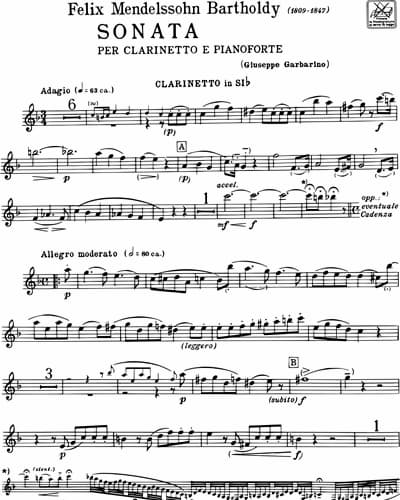
Felix Mendelssohn: Clarinet Sonata
Felix Mendelssohn: Clarinet Sonata (Kjell-Inge Stevensson, clarinet; Eva Knardahl, piano)
Felix Mendelssohn composed his Clarinet Sonata at the age of fifteen in 1824. This youthful work is doubtlessly influenced by Weber’s compositions for Baermann. It was probably written on commission by a family friend, the Dresden-based banker and patron Baron Karl von Kaskel. Mendelssohn is somehow feeling his way around the expressive qualities of the instrument in this early sonata, and the opening movement starts with a slow chorale-like introduction on the piano. It also features a small cadenza, and we hear some beautiful lyrical lines in the clarinet.
The second movement is full of a romantic and folkloristic mood. It begins with an unpretentious folksong-like call for the clarinet that is answered by rhapsodic passages in the piano. The concluding movement transports us to the incidental music of “A Midsummer Night’s Dream” with cheeky and highly ornamental exchanges between the clarinet and the piano. The Mendelssohn clarinet sonata was quickly forgotten and not published until the second half of the 20th century. Nevertheless, it shows that the teenager clearly understood the workings of the clarinet as every note and phrase is idiomatically written for the instrument and the performer.
Alice Mary Smith: Clarinet Sonata
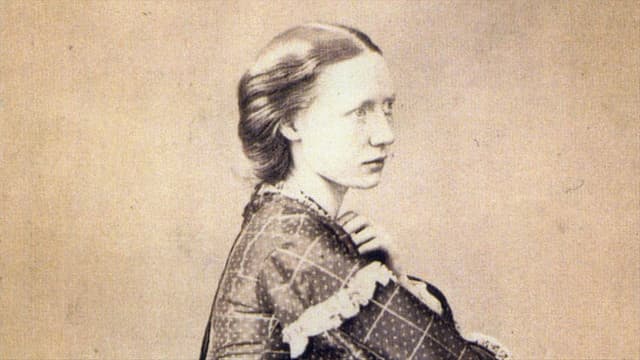
Alice Mary Smith
I shamefully must confess that I had not heard of English composer Alice Mary Smith (1839-1884) before starting this blog on fun clarinet sonatas from the 19th century. She was born in London, and it was immediately obvious that she had a great talent for music. Since she came from a wealthy family, she was able to take private lessons from William Sterndale Bennet. She published her first song in 1857, and in the year of her marriage to the lawyer Frederick Meadows White, she was elected Female Professional Associate of the Royal Philharmonic Society.
Smith was active during a time when women were expected to confine their compositions to “feminine drawing-room songs or miniature piano pieces.” It was a time when the argument as to whether a woman could ever compose a great work of art was at its peak. Smith put this discussion to bed for good as a conductor writes, “Smith’s works supply the failing link in the argument that the feminine mind is endowed with the same attributes as the masculine and that both the reasoning and inventive faculties are as strong in one sex as in the other.” Smith was a prolific composer, writing large collections of sacred choral music, an operetta, four piano quartets, three string quartets, and a delightful clarinet sonata in the style of Mendelssohn.
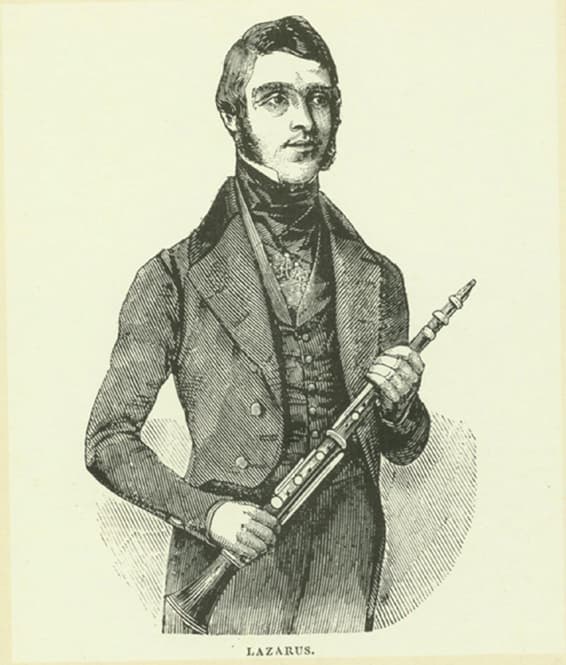
Henry Lazarus
Smith played the piano at the inaugural performance of her Clarinet Sonata in December 1870, with the clarinet part taken by Henry Lazarus. He was the dominant figure among English clarinettist in 19th-century England. Appointed as principal clarinet of the Italian Opera, the Philharmonic Society, the Crystal Palace Concerts, and the Birmingham Festival, he was revered by audiences and critics. George Bernard Shaw wrote, “a phrase played by Mr. Lazarus always came, even from the unnoticed ranks of the woodwind at the opera, with a distinction and fine artistic feeling that roused a longing for an orchestra of such players.”
Ebenezer Prout: Clarinet Sonata, Op. 26
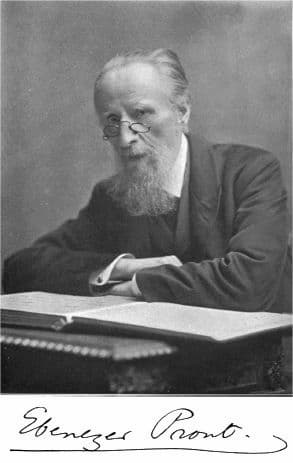
Ebenezer Prout
Ebenezer Prout: Clarinet Sonata, Op. 26 (Colin Bradbury, clarinet; Oliver Davies, piano)
This strong and vibrant clarinet tradition in England also influenced, among others, Ebenezer Prout (1835-1909). We mostly remember him as an editor and theorist, but he was also an accomplished pianist, organist, conductor, and composer. He enjoyed some local success with his compositions, but his large-scale chamber works, cantatas, symphonies, and organ concertos remain essentially unperformed since his death. The clarinet sonata dates from 1882 and is described as “composed for and dedicated to my friend Leonard W. Beddome.” Beddome was a student of Lazarus, and he had inherited a pair of clarinets from his teacher.
Louis Théodore Gouvy: Clarinet Sonata, Op. 67
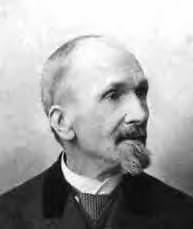
Louis Théodore Gouvy
Louis Théodore Gouvy (1819-1898) was born in the Saarland town of Goffontaine (today Schafbrücke) just east of Saarbrücken. He started his musical studies at an early age and spoke English, German, and French fluently as a teenager. He went to Paris to study law in 1837 but continued his piano lessons with a student of the virtuoso pianist and composer Henri Herz. Clearly, legal matters were not his calling and he devoted himself exclusively to music. As he wrote to his mother, “My goal, my ambition is not to become a teacher or a professional pianist. Music means more to me than that…”
Gouvy wanted to compose for full orchestra and chamber music, and his output includes nine symphonies and a large selection of trios, quartets, quintets, and a number of sonatas.
And that includes a charming sonata for clarinet and piano dating from 1882. Gouvy cultivated a large circle of friends and acquaintances, including Brahms, Joachim, and Bruch. He also met Tchaikovsky, who considered his musical style entirely “Germanized.” And Tchaikovsky added, “perhaps M. Gouvy has good reason to complain about France, but it was painful for me to hear him praise all things German at the expense of all things French.”
Felix Draeseke: Clarinet Sonata, Op. 38
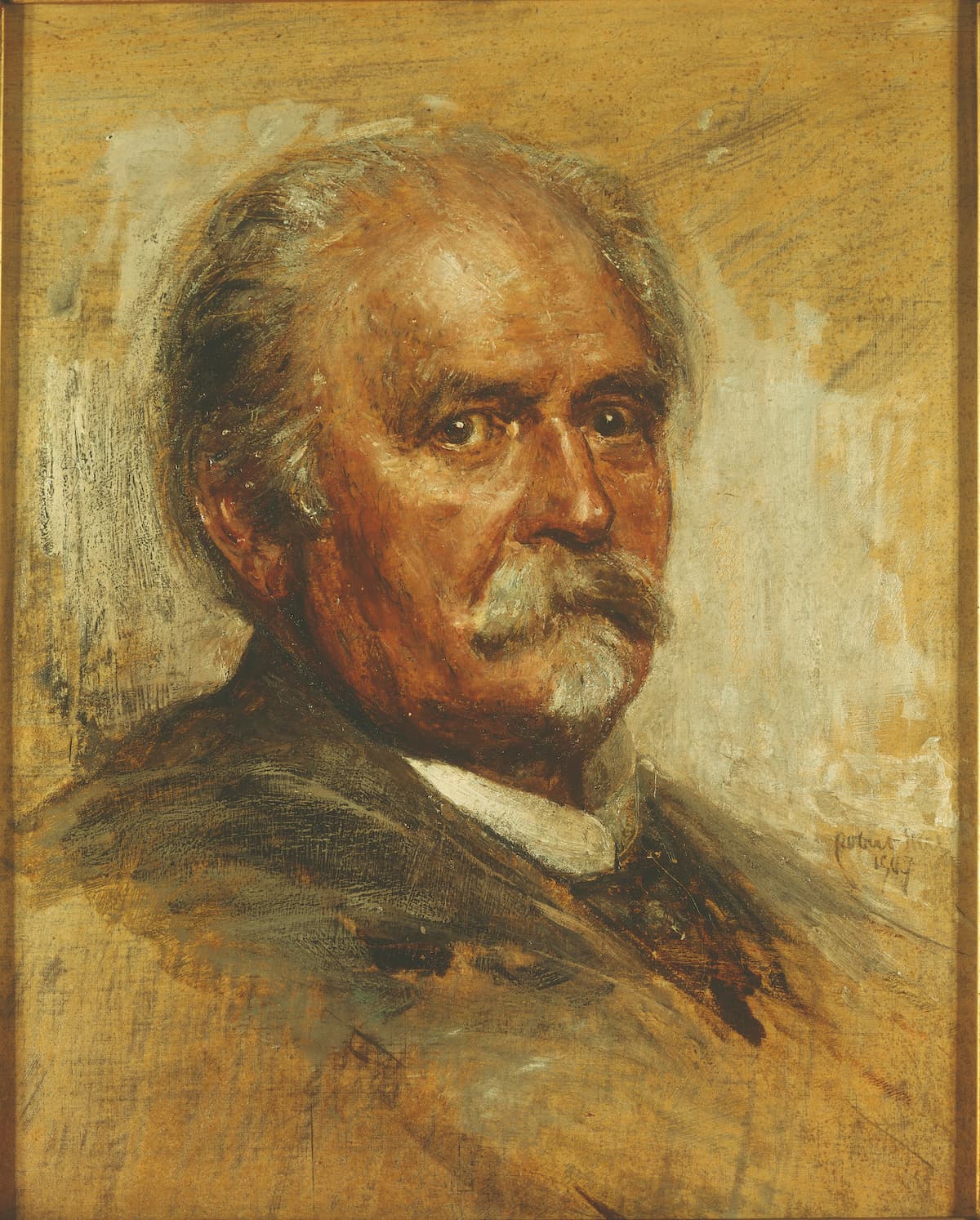
Felix Draeseke
Felix Draeseke: Clarinet Sonata, Op. 38 (Pascal Moraguès, clarinet; Oliver Triendl, piano)
Felix Draeseke (1835–1913), named Felix after Mendelssohn, started his musical studies at the Leipzig Conservatory. He was a great admirer of Franz Liszt, and a critic wrote, “Draeseke is an especially dangerous beast among the members of the New German School.” Draeseke’s music was generally held in high regard, and even Johannes Brahms once remarked that the “orchestral works of Anton Bruckner and Felix Draeseke represent the only serious challenges to my own symphonies.”
The clarinet sonata in B-flat major Op. 38 dates from 1887, and it might well be considered the first major clarinet sonata of the 19th century. It is scored in the classical four movements, with two large-scale outer sections framing a quiet second movement and a scherzo third. The work sounds deceptively easy and uncomplicated, but it has quite a few virtuosic demands and is a classic of compositional sophistication. It might be difficult to believe, but the first recording of the Draeseke sonata had to wait until 1999.
Josef Rheinberger: Clarinet Sonata in E minor, Op. 105a (1893)
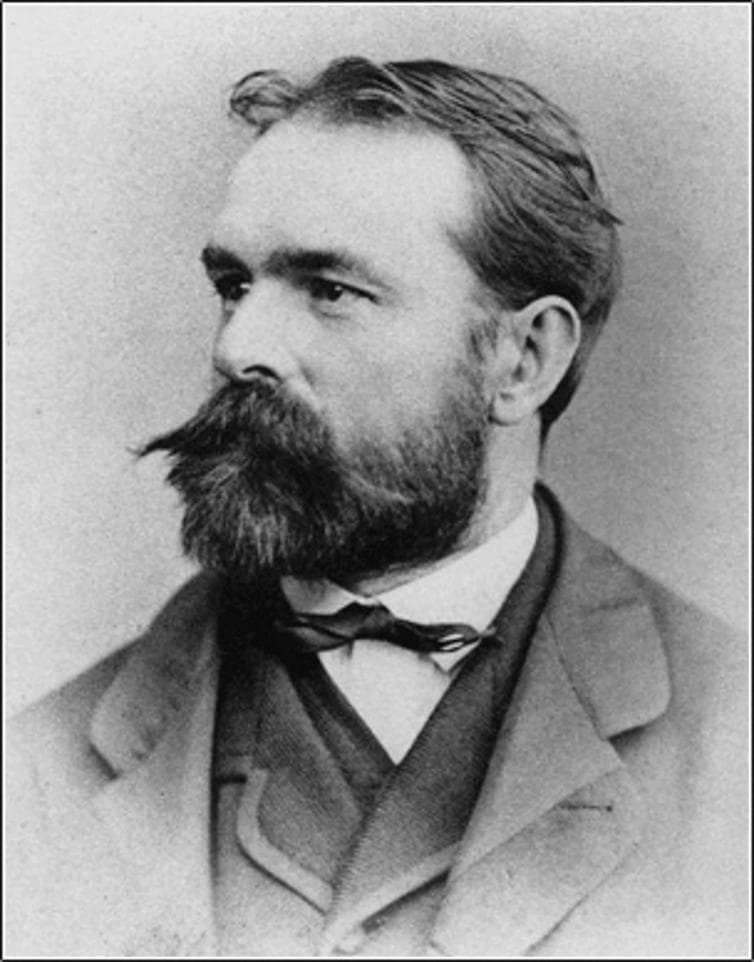
Josef Rheinberger
Josef Rheinberger: Clarinet Sonata in E minor, Op. 105a (Heinz Hepp, clarinet; Mika Degaita, piano)
Just like Draeseke, Joseph Gabriel Rheinberger (1839-1901) was almost completely forgotten as soon as he died. Among his 47 chamber compositions we find two sonatas for violin and piano. One of these, the E-minor sonata Opus 105 was later revised for clarinet and published under the opus number 105a in 1893. It is possible that Rheinberger made this arrangement for the clarinettist Carl Baermann, who also worked at the Bavarian court until 1880. To make it suitable for the clarinet, Rheinberger transposed the sonata E-flat minor, and a deeply romantic and folkish style informs all three movements.
Johannes Brahms: Clarinet Sonata No. 2 in E-flat Major, Op. 120, No. 2
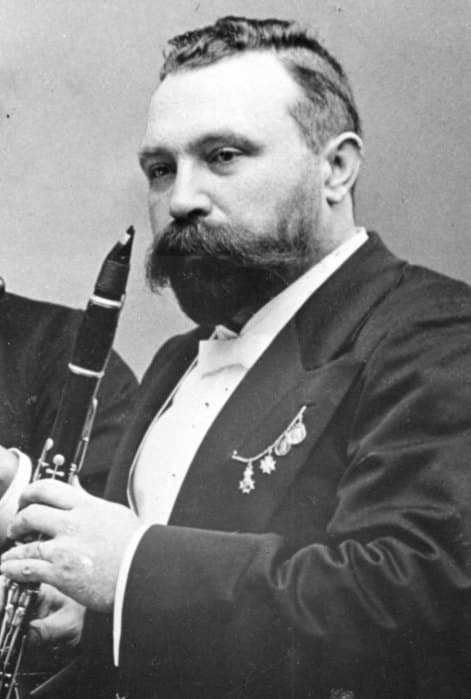
Richard Mühlfeld
Brahms was brought out of compositional retirement by Richard Mühlfeld, the principal clarinettist of the Meiningen Court Orchestra. Mühlfeld played privately for Brahms, and they began to discuss the instrument and its potential. Brahms went to work and composed his Clarinet Trio Op. 114 and the Clarinet Quintet Op. 115, but it took a further three years before he wrote to Mühlfeld about “two modest sonatas with piano.” The Sonatas Op. 120, simultaneously published for viola and piano, and in a later Brahms version for violin and piano, are dedicated to “the master of his beautiful instrument.” Personally, I just love Op. 120 No. 2 as it is full of drama but also lots of fun. Just listen to the final variation movement with its syncopated and off-beat rhythms!
I hope you enjoyed this little blog, and I am already busy researching the follow-up episode, 10 fun and exciting Clarinet Sonatas from the 20th Century, featuring works by Saint-Saëns, Milhaud, Reger, Bax, Bernstein, Prokofiev, Poulenc, and others.
For more of the best in classical music, sign up for our E-Newsletter


